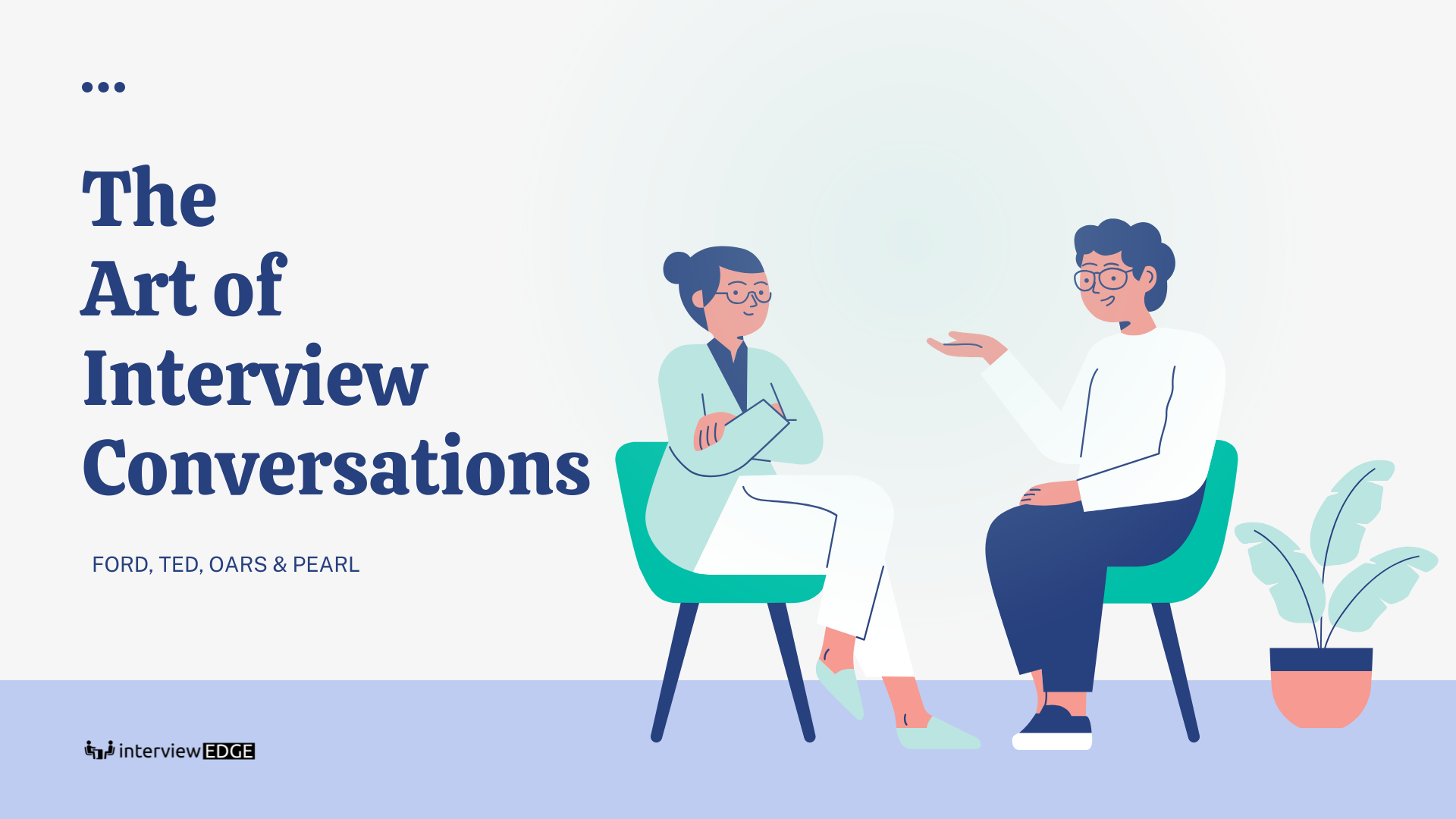
Most people walk into an interview thinking it’s all about having the right answers. But if that were the case, every well-prepared candidate would get selected. The truth? It’s just as much about how you answer as it is about what you say.
The best interviews don’t feel like a test. They feel like a discussion—where you and the interviewer are exchanging ideas rather than just running through a script.
So, how do you make that happen? By using simple communication techniques that help you connect, engage, and respond naturally.
Here are a few that can make a big difference.
Making a Connection Without Sounding Forced (FORD & FORM)
Ever heard of the FORD (Family, Occupation, Recreation, Dreams) or FORM (Family, Occupation, Recreation, Motivation) techniques? They’re usually used in networking and small talk, but a little bit of this approach can help in interviews too—just in a more professional way.
Instead of giving flat, robotic answers, try weaving in little details that make your responses more personal and engaging.
For example, if you’re asked:
“Why do you want to work in this field?”
You could say:
“I’ve always been interested in this industry, but my time working at [past role] gave me firsthand experience with [something specific]. Seeing how it impacts people made me want to contribute in a bigger way.”
Much better than just saying, “I’m passionate about it,” right?
Same goes for when they ask about hobbies. Instead of a generic “I like reading,” try:
“I enjoy reading about business strategies. Recently, I came across a case study on how companies handle crises, and it got me thinking about how quick decision-making plays a role in leadership.”
See how that turns a simple question into an interesting discussion? That’s what makes the difference.
Answering Open-Ended Questions Without Rambling (TED Technique)
Some questions are tricky because they’re so broad. That’s where TED—Tell, Explain, Describe—comes in handy.
Let’s say they ask:
“Tell us about a time you faced a challenge at work.”
Instead of dumping a long-winded story on them, break it down:
- Tell them what happened: “During my internship, I had to manage a sudden system failure while handling client data.”
- Explain what you did: “I coordinated with the IT team, found a workaround, and made sure the work wasn’t delayed.”
- Describe what you learned: “It taught me how to stay calm under pressure and solve problems quickly.”
This way, your answer stays clear, structured, and to the point—without sounding rehearsed.
Handling Follow-Up Questions Without Sounding Stuck (OARS Technique)
Sometimes, interviewers push for more details. Instead of panicking or repeating yourself, try this:
- Open-ended responses – Avoid just “yes” or “no” answers.
- Affirmations – Show you understand their concern.
- Reflective listening – Engage with their question instead of just answering it.
- Summarizing – Wrap it up neatly.
For example, if they ask:
“What would you do if you discovered unethical behaviour in your team?”
A weak answer would be: “I’d report it.”
A better one:
“Integrity is important, so I’d take action while ensuring fairness. I know that not every situation is black and white, so I’d first gather all the facts. If necessary, I’d escalate the issue while maintaining confidentiality. Would you agree that creating an open work culture helps prevent these situations in the first place?”
See the difference? You’re answering the question and keeping them engaged.
Ending the Interview on a High Note (PEARL Method)
When they ask, “Do you have any questions for us?”—don’t waste the opportunity. Instead of saying “No, I think you covered everything,” ask something meaningful.
Here are a few examples:
- Passion & Experience: “What distinguishes a truly effective officer from a competent one in your view?”
- Aspirations: “What are the biggest challenges faced by new officers in their initial postings, and how can they best prepare?”
- Work Culture: “How does the department ensure officers maintain a work-life balance while handling demanding responsibilities?”
This does two things: it shows you’re genuinely interested in the role and leaves the interviewer with a strong impression of you as a candidate who thinks ahead.
Wrapping Up: Think of Interviews as Conversations, Not Exams
Most candidates focus too much on giving the “right” answers. The ones who really stand out are those who turn the interview into a natural, engaging discussion.
So next time you’re preparing, don’t just practice what to say—practice how to say it. Be clear, be engaging, and most importantly, be yourself.
For more interview techniques that can help you excel, check out these guides:
- The STAR Method: Your Step-by-Step Guide to Acing Behavioural Interviews (Interview Techniques – Part 1)
- How to Tackle Behavioural Interviews with STAR, CAR, SOAR, and More (Interview Techniques – Part 2)
- How to Answer Tough Interview Questions Using the Hypothetical, Competency-Based & 5 Whys Techniques (Interview Techniques – Part 3)
Happy interviewing.

One comment on “Mastering the Art of Interview Conversations: How FORD, TED, OARS & PEARL Can Give You an Edge”